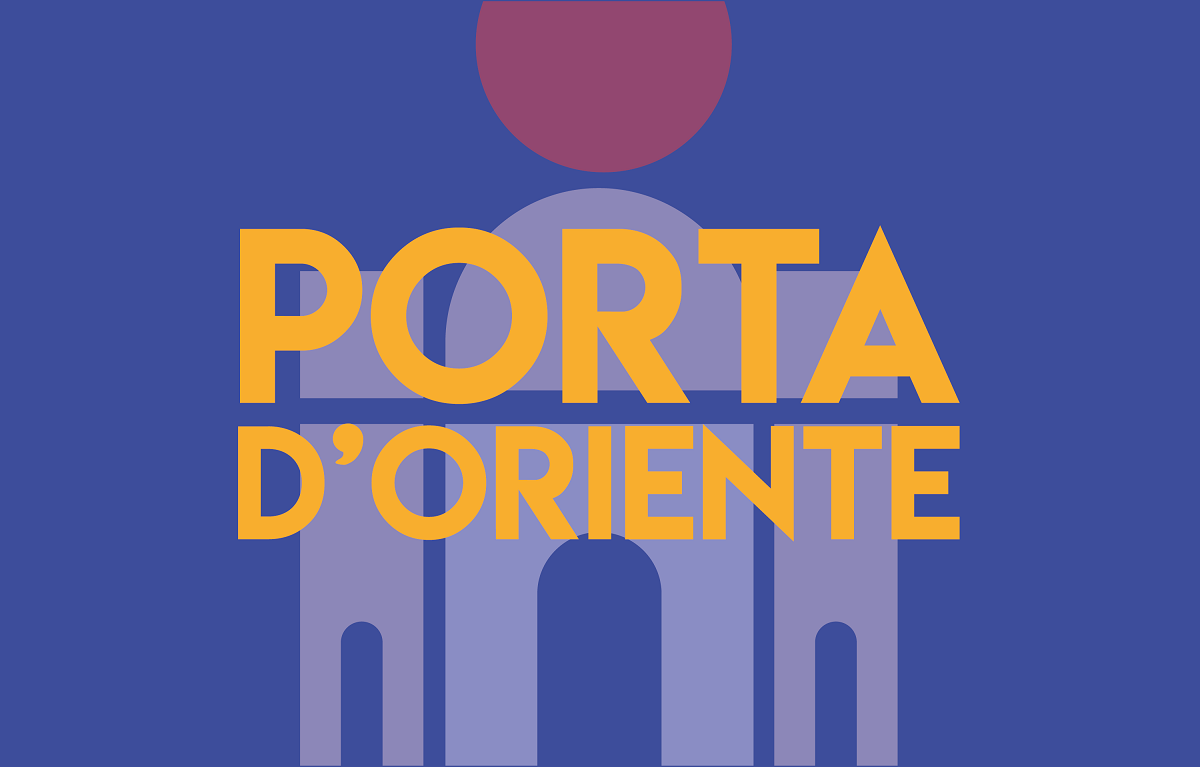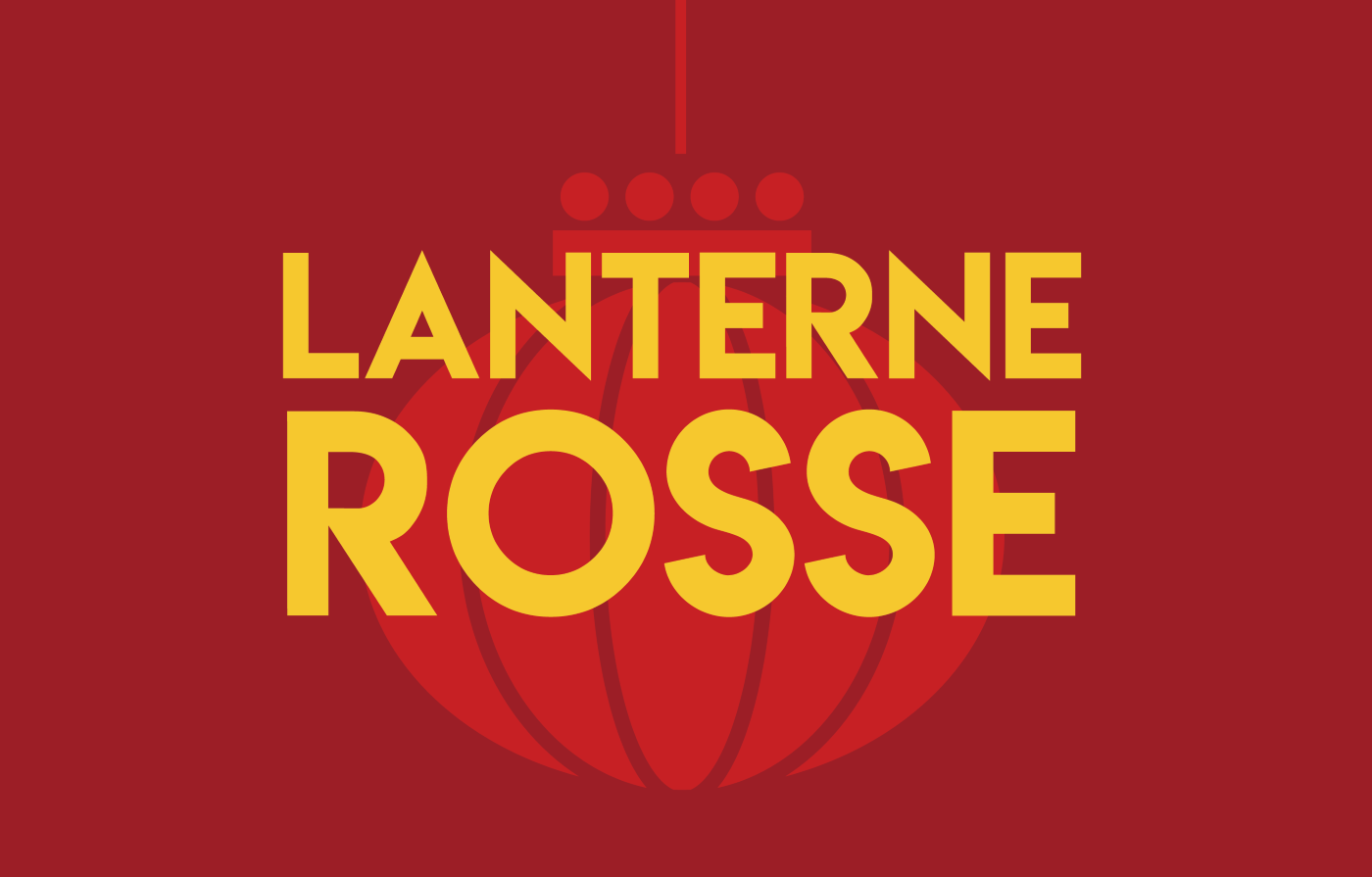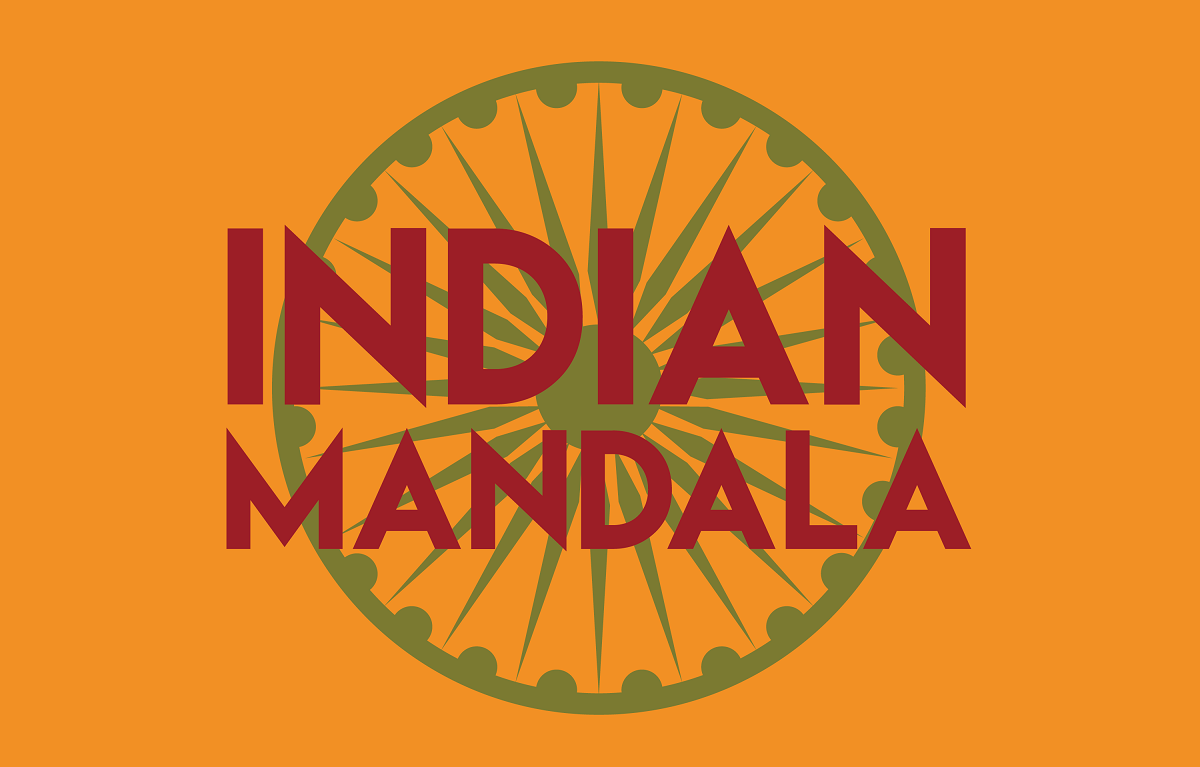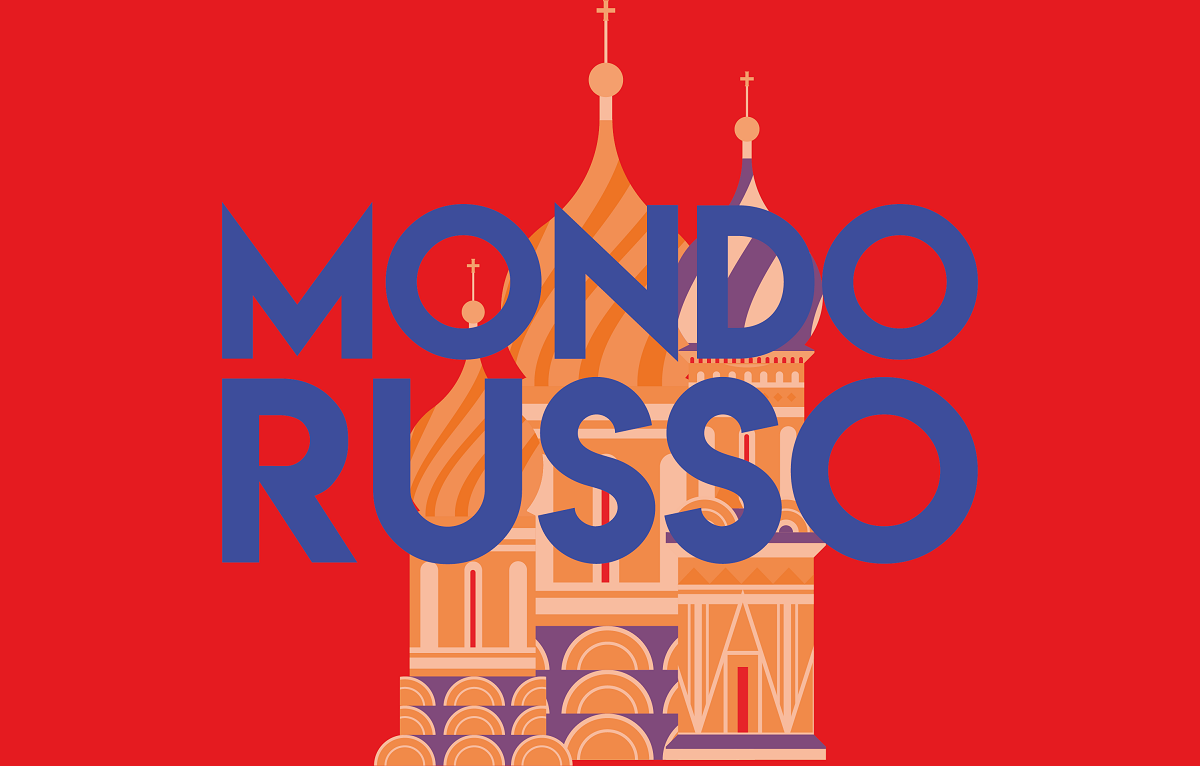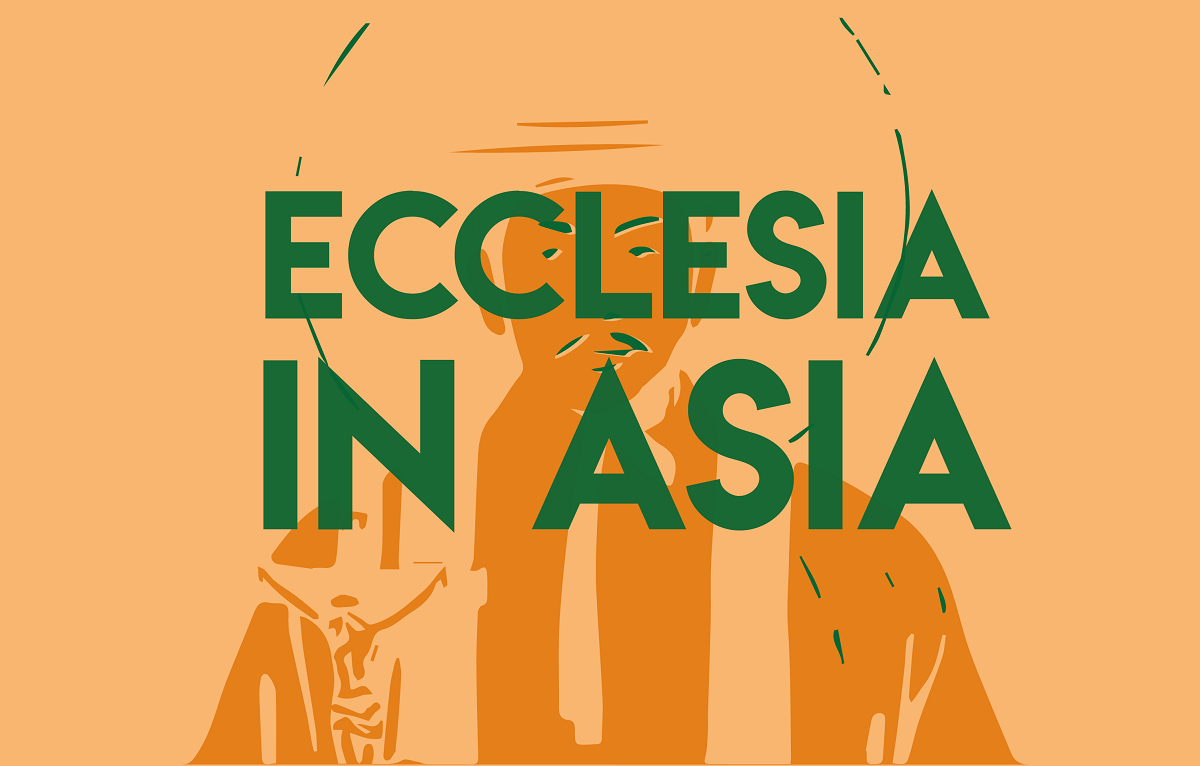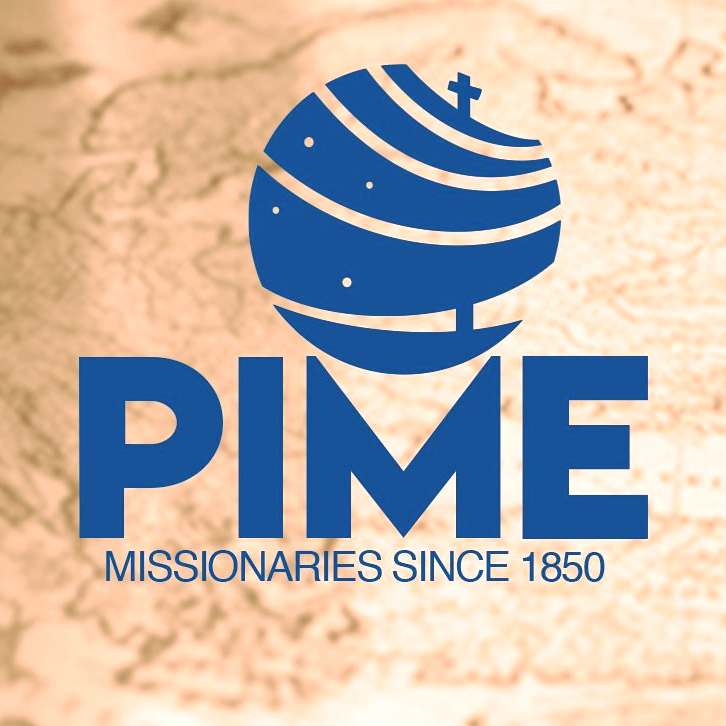The Holy Victors of Militant Russia
Just as ancient Roman Empire had its protective geniuses of war, so in today’s dominant new patriarchal martyrology, the patron saints of Orthodox Russia have become associated with professional groups to imbue "traditional spiritual values" to all aspects of military and social life.
On 19 January, the Russian Orthodox Church will celebrate the Baptism of Jesus (Epiphany), with an even greater solemnity than the Christmas of Christ in accordance with the traditions of the Christian East, highlighted by the “baptismal rebirth” when priests and faithful immerse themselves in cross-shaped openings in the frozen waters of lakes, a practice much loved by President Vladimir Putin himself.
On this occasion, the sacred figures who illuminate Russia's spiritual journey are projected onto the year that has just begun, especially this year, dedicated to the Great Victory, 80 years after the triumph of the semi-god Stalin over the Nazi demon Hitler, in Berlin in 1945.
Just as ancient Roman Empire had its own protective geniuses of war – Jupiter, Juno and Minerva – while Mars imposed himself in battles, so the new "religion of the empire" of postmodern Russia is celebrated, with new combinations of holiness and war heroism that in today’s times of war take on an increasingly symbolic value in militant Orthodoxy.
In fact, this variant of Christianity distinguishes Russians from all Christians of the various confessions, exalting its own difference precisely at the time of the universal prayer for Christian unity, a practice never much loved by the Patriarchate of Moscow, not even in times of peace.
The patron saints of Russia, in the released recently new patriarchal martyrology, are now associated with professional groups to imbue "traditional spiritual values" in all aspects of military and social life.
Thus Prince Daniel (Daniil) of Moscow, son of the great hero Alexander Nevsky and founder of the first monastery in Moscow, was named patron of the Military Corps of Engineers since "the Great Horde Road was built" in the years of his reign.
The website Great Churches of the Armed Forces of Russia calls it a "strategic direction that made Moscow the centre of trade routes", the historical reason why the Russian capital assumed the role of mother-city of ancient Rus', replacing the destroyed Kiev thanks to agreements with the Tatar-Mongols.
In an even more imaginative way, the figure of Saint John of Kronstadt is exalted. Inspirer of tsarist policies in the 19th and 20th centuries, he died in 1908 and is now the patron saint of the army's financial and economic services.
The saint was known for his charitable work in favour of the poor of St Petersburg and the island of Kronstadt, and at the same time "donated large sums of money to build welfare, educational and military training buildings" in prophetic projection of the current activities of the Russian Minister of Defence, the Orthodox subdeacon Andrey Belousov.
More natural appears the exaltation of the holy monk Joseph Volotsky (Iosif of Volokolamsk), the "hammer of heretics" of the late 15th century, as the protector of technical and material supplies, as the saint defended the prerogatives of Russian monasteries against the claims of the non-possessors (nestjažately, нестяжательный), a kind of Russian Franciscans, who denied the right of monasticism to own property and engage in business activities.
The latter group, despite the importance of historical figures such as Saint Nilus of Sora (Nil Sorsky), master of Russian Hesychasm and mysticism of the post-Mongolian period, obviously did not obtain any title in the list of Russia’s main saints.
Absolutely classic figures are instead the Archangel Michael "the archstrategist" and Saint George the megalomartyr (great martyr) or the "victorious" in the wars against the Evil One, confirmed as patrons of the Russian armies since their veneration began in the age of 18th-century emperors.
Their icons invariably come with sword and knife, also associated with the image of the holy prophet Elijah on the chariot of fire, celebrated on the day dedicated to Airborne Troops, as the protector of warplanes and tanks.
Since the time of Peter the Great, the figure of the Apostle Saint Andrew the Protoclete (first-called, Πρωτόκλητος, Prōtoklētos) has been celebrated as the patron saint of the Russian Navy, established in the port of the new capital, St Petersburg, to defeat the Swedes at the start of the 18th century, with a replica in the Black Sea in the wars with the Turks.
The Russian fleet today flies again the flag of Saint Andrew as the "Apostle of Russia", the first state order established by Peter I to remember the legend of Simon Peter's brother's travels to the Dnieper River, prophesying the foundation of Kyiv, and on the banks of the Neva to announce the birth of Novgorod, the first city of Rus' towards the mouth of the river where the northern capital would be later built.
Perhaps fearing that the apostle would not be able to withstand today’s maritime rivalries, with Russian ships suffering heavy losses, Patriarch Kirill added a second patron saint to the navy, Saint Admiral Fyodor Ushakov, the true founder of the Black Sea fleet at the end of the 18th century for the war against the Ottoman Empire, also known as Ushak Pasha, canonised in 2001 thanks to the initiative of the then Metropolitan Kirill (Gundyayev), now the patriarch of Moscow.
From that time also comes Generalissimo Aleksandr Suvorov, the commander who won the most battles in Russian history, against the Poles, the Turks and across Europe, whom the patriarch wants to raise today to the honour of the altars, in a process of canonisation that should end in this year of Victory.
Happily for Saint Barbara, a 4th-century martyr from faraway Nicomedia, her feast day falls on 17 December of the martyrological calendar, which coincidentally is the day when the Strategic Rocket Forces RVSN are honoured.
Princes Boris and Gleb, the Passion Bearers (Strastoterptsy, Страстотерпцы), sons of Grand Prince Vladimir the Baptiser of Rus', killed by his brother Sviatopolk, in turn killed by his other brother Yaroslav the Wise, are associated with the Railway Troops on the Day of the Railwayman, while 24 October, the day of the Spetsnaz, the special forces, is linked to the memory of the Elders (Starets, стáрец) of Optina Pustyn, the monastery of the rebirth of 19th century Slavophile Russia.
Calendar associations even lead to the comparison of the most famous Russian ascetic, Saint Seraphim of Sarov, to the Kb-11 atomic weapons centre in Arzamas, the secret headquarters of the Soviet nuclear forces located next to the women's monastery of Diveyevo, founded by the saint at the start of the 19th century, in the woods where he talked to animals and even befriended bears.
The list of patron saints connected with the military can go on, as the link between spirituality and war is the main content of Russian religiosity today.
Of course, we must remember the patron saint of holy Russia of the post-Mongol revival, Sergius of Radonezh, who sent his confreres to evangelise northern Russia at the end of the 14th century and deployed warrior monks alongside Muscovite Prince Dmitry Donskoy, the first victor against the Tatars in the battle of Kulikovo in 1380.
Prince Vladimir himself, "equal to the apostles", is today the protector of Rosgvardia, while Saint Ilya of Murom guards border militias.
According to the deacon and theologian Andrey Kuraev, who was expelled from the Church and is now living in exile, “the Patriarchate of Moscow has agreed with the Heavenly Forces to assign the tasks to all its saints", so holy Prince Andrey Bogolyubsky, who destroyed Kyiv at the end of the 12th century to "save it from invaders", today inspires the assaults with special, chemical weapons and toxic gas, given the success of his extermination campaigns.
Blessed Monk Pimen Ugreshsky, one of the most famous spiritual fathers of Moscow at the start of the 19th century, canonised in 2004 again on the initiative of the then Metropolitan Kirill, has been proposed as the patron saint of Prison Guards, as the seminary that is now active in his monastery in Dzerzhinsky (Moscow Oblast), trains priests destined to become prison chaplains.
In addition to the ascetics, monks and bishops who inspired the victories of Orthodox Russia against the enemies of East and West, it is also natural to compare the many figures of "victorious laymen" in the patriotic wars, from the astronaut Yuri Gagarin who first went into space (even if on his return he said he "had not seen God") to Marshal Georgy Zhukov who was the first to enter Berlin destroyed in the Great Patriotic War against Hitler, whom Patriarch Kirill does not hesitate to compare to Saint George the Victorious.
Obviously, the "Father of Nations", Joseph Stalin, could not be left out, since the man who faced down the German invasion, despite being the leader of the world’s atheists, turned to the holy seer Matrona of Moscow, who assured him of the protection of the Mother of God for all the peoples of the Soviet Union.
Vladimir Putin himself is called an "archstrategist" as the leader of the hosts of angels in the new "Blessing of War", published by the patriarchate in 2022, where prayers for the soldiers guarantee their immediate entry in Heaven, after sacrificing their lives for the Fatherland in the special military operation.
Still this year, Russian Orthodox churches were rather empty during Christmas holidays, but the trenches of wartime holiness promise to be always very crowded, in this year of Victory against the devils of Ukraine and the whole world, and of the triumph of the devil, who has now invaded the very soul of Russia.
RUSSIAN WORLD IS THE ASIANEWS NEWSLETTER DEDICATED TO RUSSIA. WOULD YOU LIKE TO RECEIVE IT EVERY SATURDAY? TO SUBSCRIBE, CLICK HERE.
31/07/2018 09:59
08/05/2021 10:56
10/05/2017 10:20





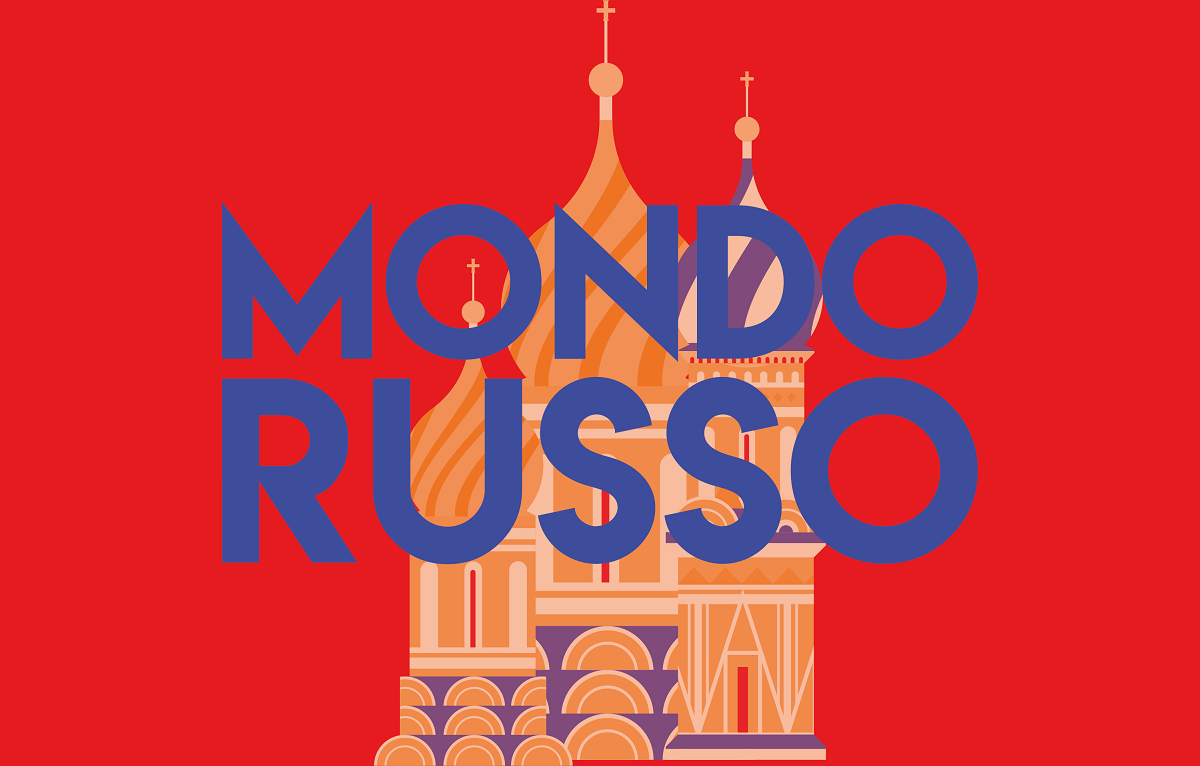

.png)
